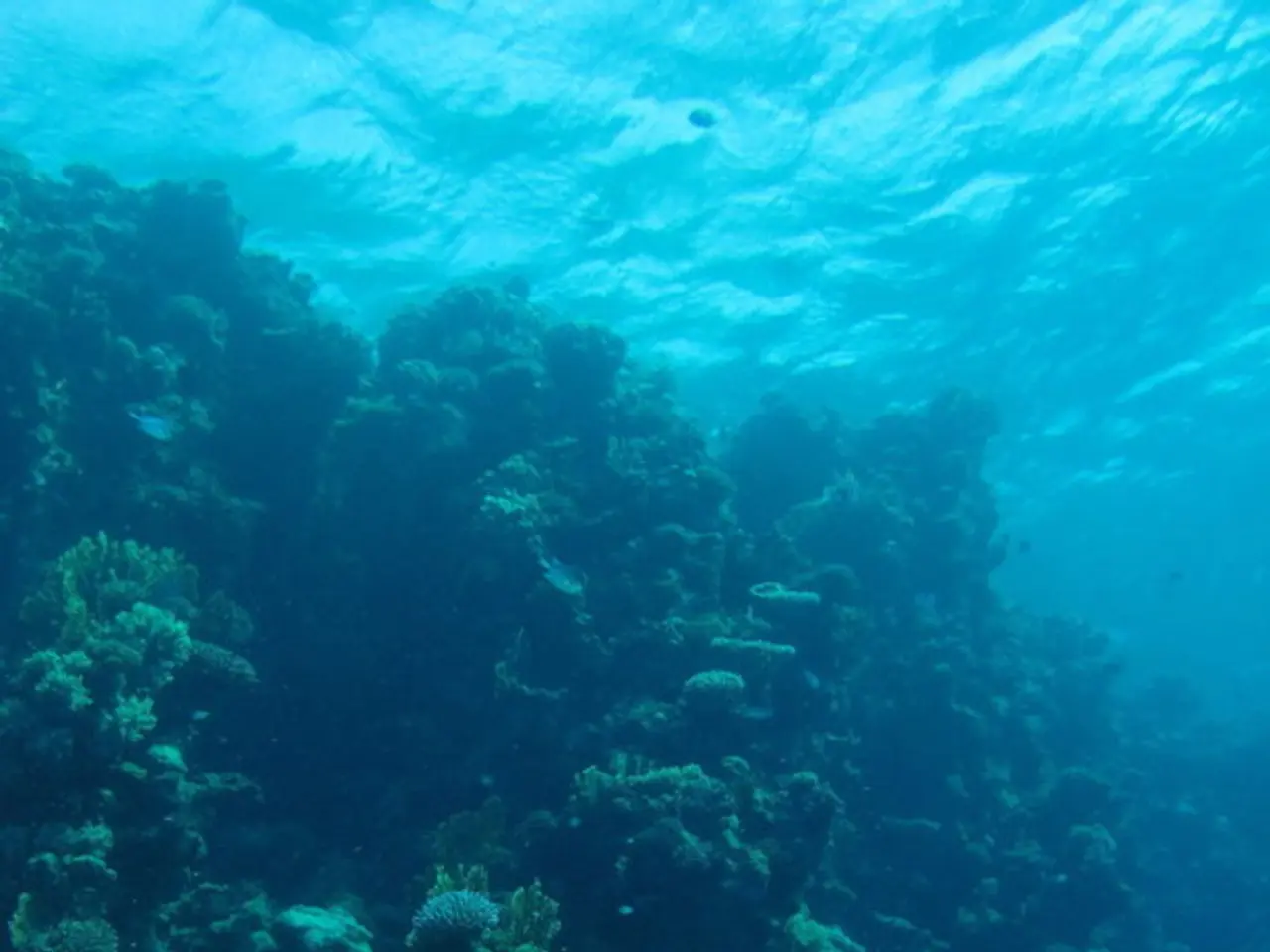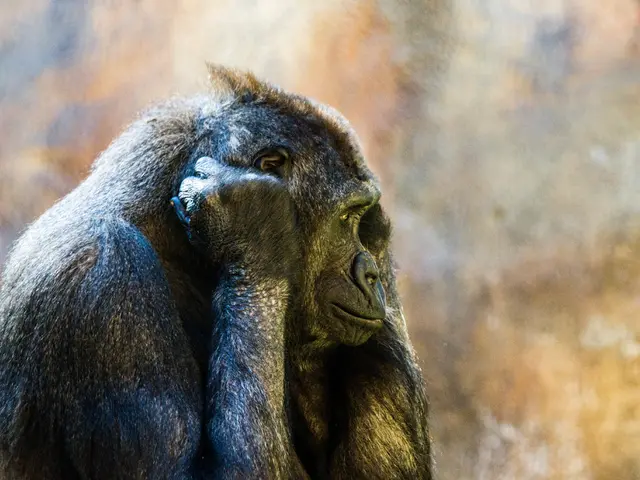Microorganisms in the ocean uncover previously undiscovered genetic networks linked to hydrogen generation
In a groundbreaking study, a team of international researchers, led by Professor Tomoo Sawabe at Hokkaido University, Ramesh Kumar Natarajan at the National Institute for Interdisciplinary Science and Technology, India, and Fabiano Thompson at the Federal University of Rio de Janeiro, Brazil, have discovered new gene clusters in the Vibrionaceae family that could revolutionise hydrogen biofuel production.
The study, published in the journal Current Microbiology, focuses on the formate hydrogen lyase (FHL) system, a critical component in converting formate to hydrogen gas and carbon dioxide. The FHL complex, which typically consists of a formate dehydrogenase and a hydrogenase, is tightly regulated and encoded by operons or gene clusters.
The research team examined all 16 known species of Vibrionaceae and found that Vibrio tritonius, a marine species, and Vibrio porteresiae, found in mangrove-dwelling wild rice, showed the highest levels of hydrogen production. On the other hand, Vibrio aerogenes and Vibrio mangrovi showed the lowest levels.
The new clusters found in Vibrionaceae suggest genetic diversity beyond traditional FHL operons, potentially involving unique regulatory or structural adaptations enhancing hydrogen yield or stability. This discovery opens avenues for biofuel applications, as the hydrogenase enzyme from this gene cluster catalyses the breakdown of formate into hydrogen and carbon dioxide under anaerobic conditions.
The findings support the researchers' proposal that some species were driven to evolve higher hydrogen production because of their need to detoxify formate from the environment (formate detoxification hypothesis). This could also shed light on the evolution of hydrogen fermentation in other bacterial species, such as E. coli, which also contains the Hyf-type FHL gene cluster, though in much smaller amounts than Vibrionaceae.
The discovery of these new hydrogen-production gene clusters in Vibrionaceae provides promising targets for engineering microbes or synthetic biology approaches aimed at sustainable hydrogen biofuel. Hydrogen is a clean energy carrier, and microbial production via FHL can offer an eco-friendly alternative to industrial hydrogen methods. Enhancing the efficiency and robustness of FHL through novel genes or pathways discovered in Vibrionaceae can improve biohydrogen yields, reduce costs, and contribute to renewable energy solutions.
Currently, detailed sequences and functional characterizations are emerging, with ongoing efforts to understand how these clusters differ from classical models and how they can be optimised for applied biofuel production. These findings align with broader genetic research advancing microbial bioenergy.
In conclusion, the new gene clusters in Vibrionaceae related to formate hydrogen lyase expand our understanding of microbial hydrogen production mechanisms, paving the way for bioengineering microbes for hydrogen biofuel applications. However, comprehensive functional studies and technological development are still in progress to translate these discoveries into scalable biofuel technologies.
Science in the field of environmental-science has unearthed new gene clusters in the Vibrionaceae family, which could revolutionise the production of hydrogen biofuel and contribute to renewable energy solutions. These discoveries in health-and-wellness, specifically in the formate hydrogen lyase (FHL) system, also have implications for technological advancements in fitness-and-exercise, as the hydrogenase enzyme from these gene clusters can catalyse the breakdown of formate into hydrogen and carbon dioxide under anaerobic conditions, offering an eco-friendly alternative to industrial hydrogen methods.




